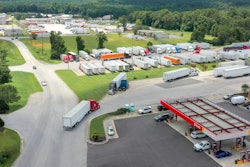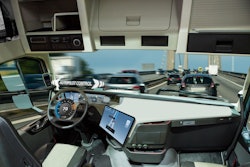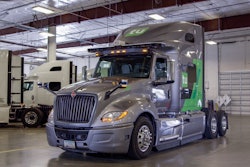If you’ve ever seen an autonomous heavy-duty truck – or even an autonomous sedan for that matter – on the road, they look a bit different, heavily decked out in sensors on the front, top and sides of the vehicles.
Self-driving truck company Kodiak Robotics runs autonomous trucks 24/7 across the southern United States. Andreas Wendel, chief technology officer at Kodiak, said a common assumption is that it’s always sunny in the Sunbelt where Kodiak operates, and a common misconception is that it needs to be sunny – or at least clear weather – to operate an AV. Both are false, and Kodiak has designed its system to deal with all circumstances from pedestrians and construction to weather. And many of those odd-looking instruments on an AV are weather-related.
One in five vehicle accidents in the U.S. happen in adverse road weather conditions, and according to the Federal Motor Carrier Safety Administration, weather or environmental issues cause 3% of large truck accidents in the United States. Many trucking companies have started integrating weather data into their platforms to help prevent accidents as well as reroute loads driven by humans to keep them moving. AV developers have started doing the same, but there are still some blind spots to consider.
Wendel said Kodiak has a layered approach to dealing with weather. The first line of defense is forecasting. But there’s one human element that AV developers are still working on: road conditions that come as a result of weather. Kodiak uses cameras to assess road conditions and also has a partnership with Bridgestone in which the company uses Bridgestone’s tire sensor system to determine road conditions.
“Weather forecasts are pretty good, but they're not perfect, so you want to actually monitor what happens on the road as well,” Wendel said.
Another problem is predictability. As Wendel said, forecasts aren’t perfect. Weather changes all the time. So while an autonomous truck company can put a truck on the road that can then share weather and road condition data with the trucks coming behind it, where does that first truck of the day get its weather information from?
Knowing what’s ahead is really important, said Scott Mackaro, head of insights and innovation at Vaisala, a company that provides road weather data to the auto industry. Vaisala, which works with autonomous driving technology company Waymo, wants to improve weather and road condition data by installing sensors on roadways.









